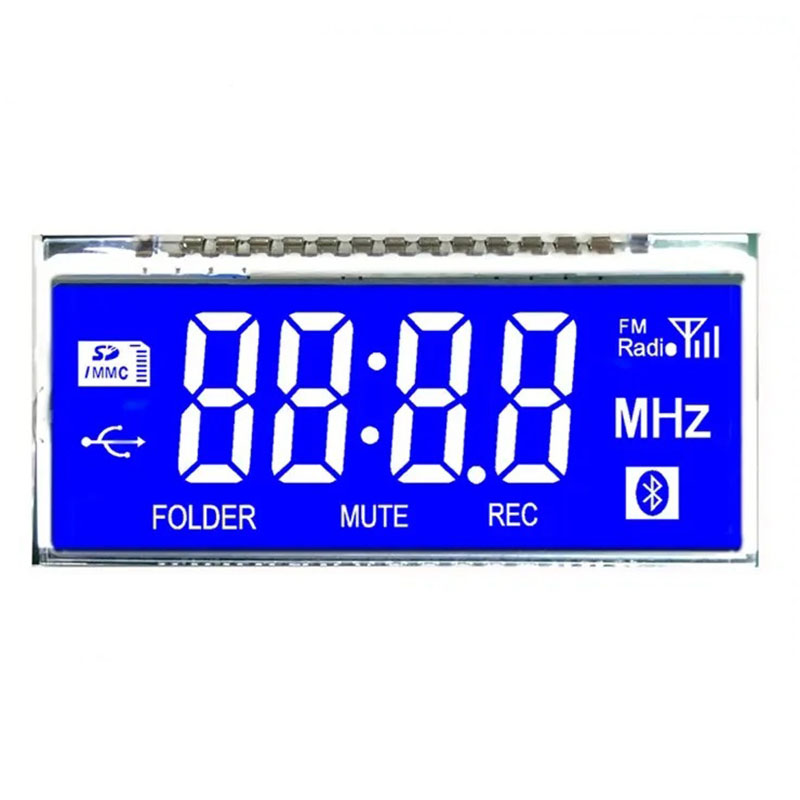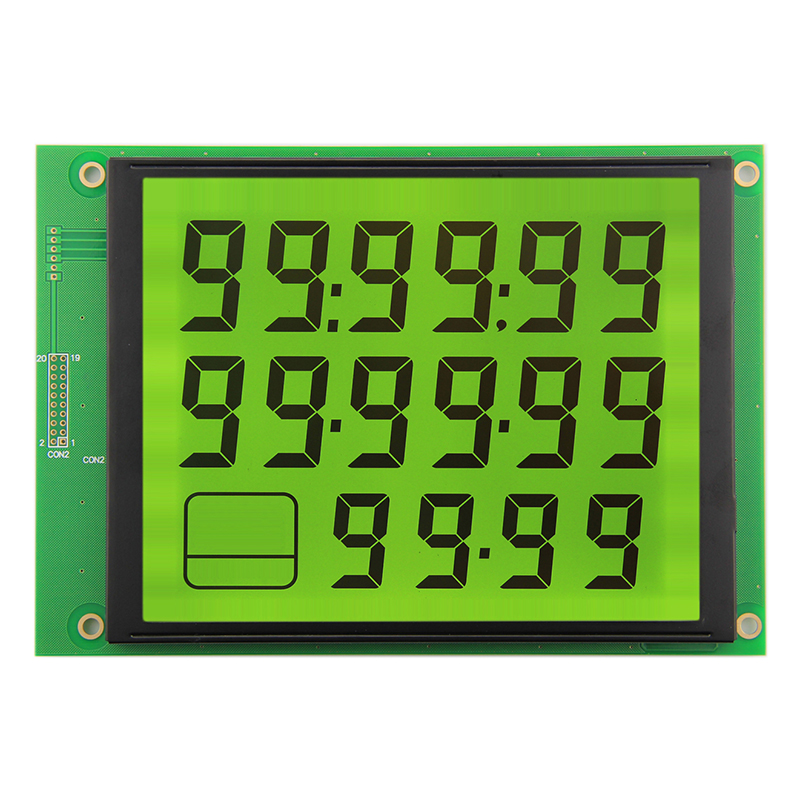LCD (Liquid Crystal Display) technology has become an integral part of modern smart meters, particularly in the energy sector. Energy meters with an LCD display have revolutionized the way consumers and utility companies monitor and manage energy usage. In this article, we will explore how LCD for smart meters works and its significance in the realm of energy management.
An LCD for a smart meter serves as the visual interface through which consumers can access real-time information about their energy consumption. The display typically shows data such as current energy usage, historical usage patterns, and sometimes even cost estimations. This level of transparency empowers consumers to make informed decisions about their energy usage, ultimately leading to more efficient and sustainable practices.
So, how does an LCD for a smart meter actually work? At its core, an LCD consists of a layer of liquid crystal molecules sandwiched between two transparent electrodes. When an electric current is applied, these molecules align in such a way that they either allow light to pass through or block it, depending on the voltage. This mechanism enables the display to create images and text by manipulating the passage of light.
In the context of a smart meter, the LCD display is connected to the meter’s internal circuitry, which continuously collects and processes energy consumption data. This data is then translated into a format that can be presented on the LCD screen. Consumers can navigate through different screens to access various pieces of information, such as daily, weekly, or monthly usage trends, peak usage times, and even comparisons with previous periods.


One of the key advantages of using an LCD for a smart meter is its ability to provide real-time feedback. By having immediate access to their energy usage data, consumers can adjust their behavior accordingly. For example, if they notice a sudden spike in energy consumption, they can investigate the cause and take steps to mitigate it, such as turning off unnecessary appliances or adjusting thermostat settings.
Furthermore, the inclusion of an LCD display in smart meters aligns with the broader trend of digitization and connectivity in the energy sector. Many modern smart meters are equipped with communication capabilities, allowing them to transmit data to utility companies and receive signals for tasks such as remote meter reading and firmware updates. The LCD serves as a user-friendly interface for consumers to interact with these advanced features.
Energy meter with an LCD display also plays a crucial role in promoting energy conservation and sustainability. By making consumers more aware of their energy usage patterns, smart meters with LCD displays encourage a more conscientious approach to energy consumption. This, in turn, can lead to reduced energy waste and lower carbon emissions, contributing to environmental preservation efforts.
In conclusion, the integration of LCD technology in smart meters has significantly enhanced the way energy consumption is monitored and managed. The visual feedback provided by the LCD display empowers consumers to take control of their energy usage, while also supporting broader initiatives for energy efficiency and sustainability. As the energy sector continues to evolve, LCD for smart meters will undoubtedly remain a cornerstone of modern energy management practices.
Post time: Apr-15-2024

